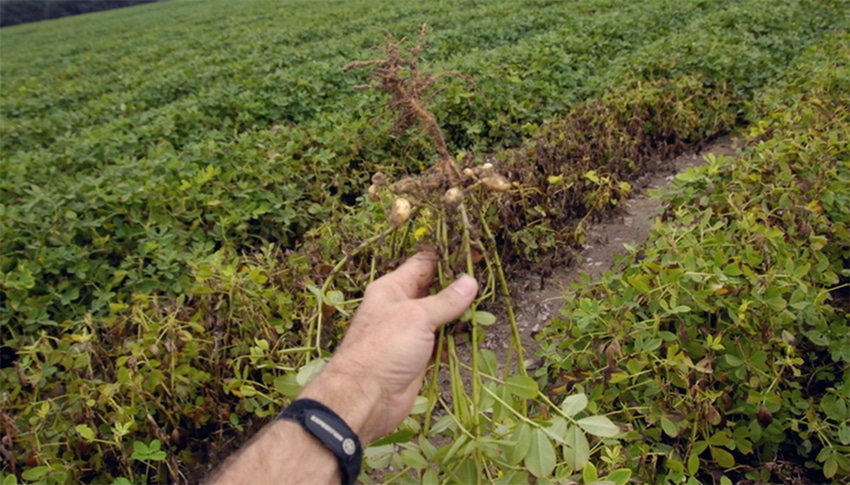January 28, 2016

I remember one year a grower was going to plant peanuts in a small field that had been in pasture for over 15 years. He said the last time he had peanuts there he had noticed some nematode damage at harvest time. We thought that with the good rotation, he shouldn’t have a problem. We were wrong.
The peanut root-knot nematode (Meloidogyne arenaria) is a force to be reckoned with and caused yield limiting damage again after all those years since we used no nematicide or resistant variety.
Here in deep south Georgia, we are always considering the nematode, but what got me really thinking about them is the mild winter we’ve had so far. Up until the second week in January, we still had cotton, peanuts and corn growing in many spots. I pulled up plants and saw actively growing root systems. Nematodes have likely been surviving on these root systems.
Nematodes are some of the most common animals on earth. There are about a million types of them worldwide, second only to insects in diversity. We don’t often see them, however, due to the fact that many are microscopic. But some are large, like those found in whales that can reach 20 feet in length. About 10 percent are plant parasitic, and those are the ones that really hurt agriculture. What can we do?
Among actions to take are crop rotation, resistant varieties, chemical control (including fumigants) and crop destruction. And just because we didn’t have a problem in cotton last year doesn’t mean much if we will plant peanuts in the field this year. We need to consider the last time peanuts were in that field, like my friend who switched from pasture to peanuts and still had nematode damage. Nematode sampling is a good thing but it must be done right and the sample kept in good shape until it gets to the lab. What must be considered is what crop had just grown in the field when the sample was taken.
Lower peanut yields, but learned a good lesson
The grower that got hit with a nematode problem after so many years of good rotation with pasture got a lower peanut yield than expected that year. But we learned a good lesson. He plans to plant a resistant peanut variety the next time peanuts are planted there. If you’ve seen the evidence of the peanut root-knot nematode in a field, or the swollen knots on the roots (not the nitrogen producing nodules stuck to the side of the roots) and unthrifty, or dying areas in the field, then we will likely fight it for a good while.
So a couple of questions to consider are, “Did we take a nematode sample at harvest time and did nematodes show up in it and what type?” Maybe more importantly, “Were there areas of stressed plants and dead spots in the field due to nematodes? “
Considering your crop mix for 2016, keep nematodes in mind. If peanuts or other crops are planted in close rotation we could see a worse problem in specific fields. We have lost some nematode control chemicals in recent years but we have some new resistant varieties and a new chemistry or two.
Extension scientists and agriculture agents will have up-to-date information on nematode control at winter Extension meetings across Georgia and other Southeastern states. Go see and hear what they have to say and get prepared for nematodes this growing season. They’re out there and don’t mind sticking around a field for a long, long time.
(Rome Ethredge is a retired University of Georgia Extension county coordinator. He owns Seminole Crop Consulting, and writes from Donalsonville, Ga.)
Like what you’re reading? Subscribe to Southeast Farm Press Daily and get the latest information right to your inbox! It’s free!
You May Also Like




